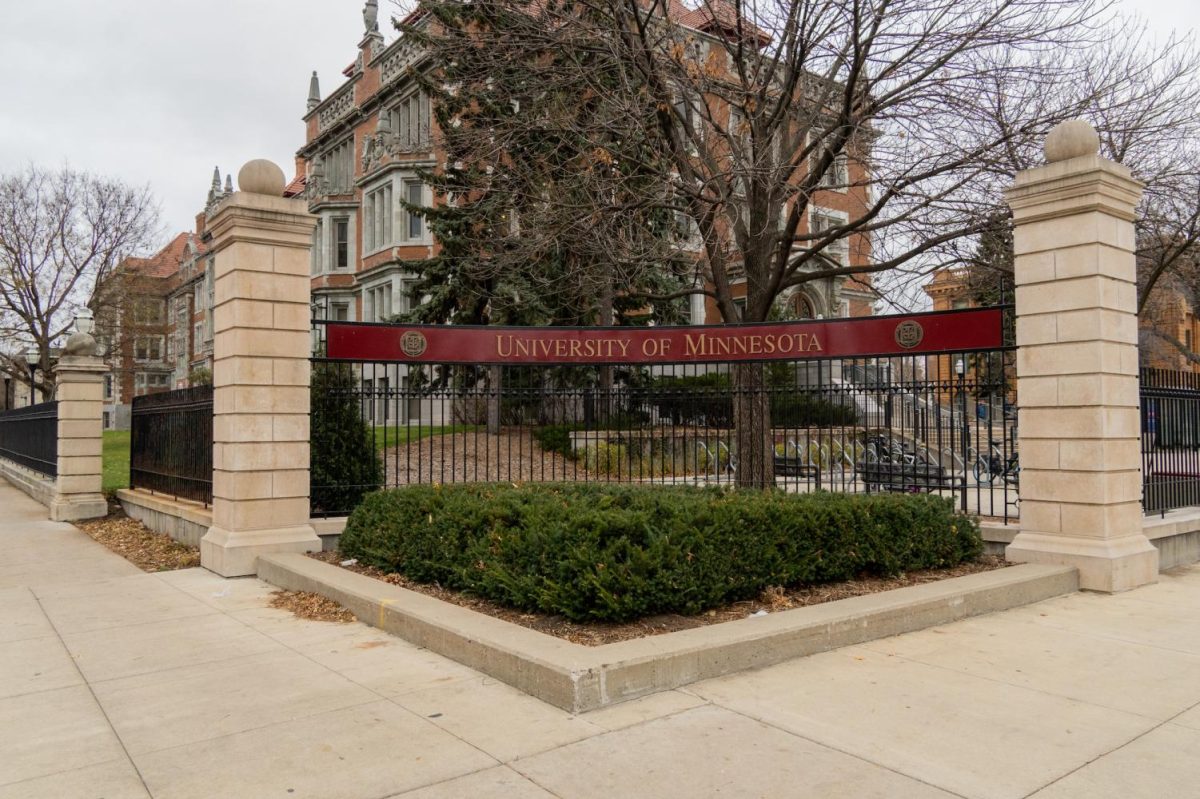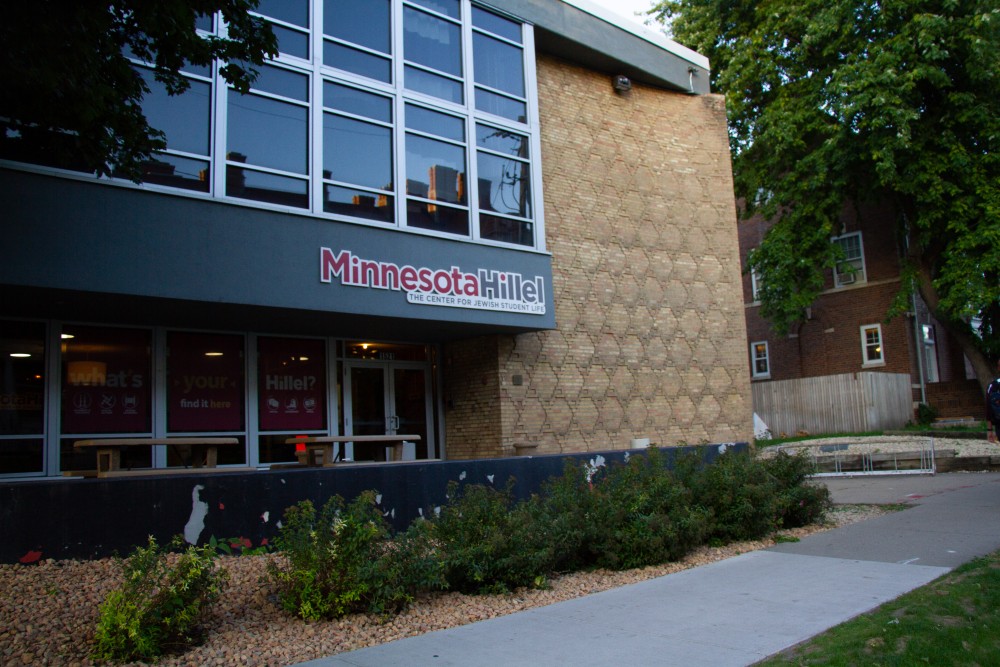Student loans, groceries, rent, grad school. This is what students at the University of Minnesota would be spending their money on if they were not allocating additional funds towards the increase in tuition.
The Board of Regents approved a 3.5% tuition increase for the University of Minnesota Twin Cities campus earlier this month in an 11-1 vote. Now, in-state students will be charged an additional about $500 for tuition and out-of-state students will be charged an additional about $1,000.
“I’m already paying $30,000, and an additional $1,000 may seem insignificant, but it really is very significant,” said Yael Bettenhausen, a fourth year out-of-state student from Illinois.
Currently, Wisconsin, North Dakota and South Dakota have reciprocity agreements with the University of Minnesota, meaning students from these states will pay the same amount as students from Minnesota. However, the extra dollars are not lost on any student.
“It’s just making it more difficult for people to afford going to school,” said Ally Rettler, a fourth year student from Wisconsin. “Things were already steep when we started college here, and now it’s just getting worse.”
Many students highlighted the already unaffordable tuition rates, especially as inflation increases across the country.
“I know that inflation is one of the biggest factors at play,” said Nikhil Kumaran, a fourth year student who is from Minnesota and receives in-state tuition. “It just sucks that we’re in a generation where school costs this much and is getting more and more expensive by the year.”
Out-of-state students pay more than double the amount that in-state students pay to attend the University of Minnesota. Tuition and fees rates for the 2021-2022 school year were set around $15,000 for in-state students, while out-of-state students paid around $33,000.
“I’m not thrilled about the tuition increase, I feel even worse for everyone who is an out-of-state student,” said Kumaran. “They have to worry about rent and the cost of living a lot more than in-state students do. In-state students have the option of saving costs and living with family.”
Fourth year student Abdulaziz Mohamed, who is the former president of the Minnesota Student Association, said that the Board made the “wrong decision” as many students are currently dealing with food and housing insecurity and other financial hardships due to the COVID-19 pandemic.
“When you’re making a decision to have a tuition increase, there has to be buy-in from students,” he said. “The students that I heard from were opposed to the tuition increase.”
Bettenhausen said it’s frustrating to be receiving a tuition increase especially when student workers at the University are making less than the City of Minneapolis’ minimum wage, which increased to $15 per hour on July 1.
“It’s a lot of hours of work for me just to get $1,000,” she said.
Board of Regents react
Vice Chair Steven Sviggum was one of the many Regents in support of the tuition increase.
Sviggum said in order to keep certain programs at the University, like counseling services and the Promise scholarship programs, tuition needed to be increased.
He also said the University must maintain professors, so there is a “3.58% increase in staff pay” as well, covered by the tuition increase.
Sviggum said President Joan Gabel did a “good job of balancing everything” and took everybody’s concerns into consideration.
“We have to look at the entire University’s needs,” Sviggum said. “It’s all a part of the balance.”
Out of the twelve Regents who voted on the approval of the 3.5% tuition increase, only one of them was opposed: Regent Darrin Rosha.
Rosha said it was “out of line” to raise tuition for students and that the University was no longer providing an “affordable education” for their students.
Rosha compared the University to other schools in the Big 10, like the University of Iowa and the University of Wisconsin-Madison.
He said resident students at Minnesota are paying about two times the amount than that of resident students at the University of Iowa and about 40% more than resident students at the University of Wisconsin-Madison.
Rosha said he believes that public education should not be so expensive, and he raised concern for students as they find themselves with more student debt.




















Deanna
Jul 6, 2022 at 1:48 pm
I think we can all agree that going to a public university is basically a money grab. We get charged for facility fees, we pay for books. And, if your lucky enough to afford a higher rent to stay out of the crime zones that surround the college that no one seems to want to do anything about. It costs us a lot of money to just attend. Some classes are still online, while others just are not even offered, and some programs are severely lacking( the design program for one). I’ve no problem with paying more….but when you factor in all the fees we are already paying, and seeing little improvement in the educational experience….well, we’ve got a problem.
A Gopher
Jul 5, 2022 at 4:33 pm
Students have big demands and that drives expensive accommodations. For instance, students complained about diversity and Gabel mandated that each division (there can be several divisions in a department, several departments per school) have their own diversity officer. Well guess what, those people all make big bucks plus they have a staff and basically produce a report that says “Far Northern State, Diversity Hard.” Cash that check and go home. If you want to control tuition part of that equation is to drastically decrease demands as well.